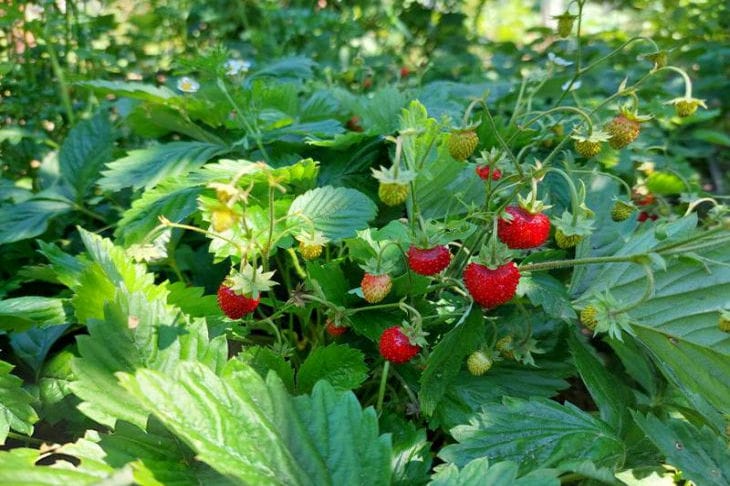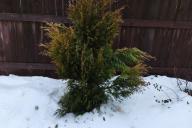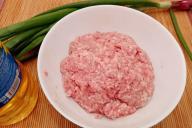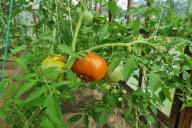Not all cultures get along well with each other.
Incorrect proximity can lead to reduced yields and the spread of diseases.
Potatoes and tomatoes: a dangerous relationship
Potatoes and tomatoes belong to the same family – nightshade, so they are susceptible to the same diseases, such as late blight.

If the disease affects one plant, it will quickly spread to another, threatening the entire harvest, says Anastasia Kovrizhnykh .
In addition, potatoes and tomatoes compete for the same nutrients, which also negatively affects their development.
Cucumbers and Herbs: Flavors of Discord
Cucumbers prefer a neutral soil environment, and many herbs, such as basil, mint and lemon balm, release substances into the soil that change its acidity.
This can lead to inhibition of cucumber growth and reduced yields.
Carrots and dill: a fight for space
Carrots and dill are a classic example of an unsuccessful neighbor.
Dill, having a powerful root system, takes moisture and nutrients from the soil, which are necessary for the growth of carrots.
In addition, dill releases substances that inhibit the development of carrots.
Cabbage and strawberries: different soil requirements
Cabbage prefers neutral or slightly alkaline soil, while strawberries prefer acidic soil.
When planting these crops together, it is difficult to maintain an optimal level of soil acidity, which negatively affects the development of both plants.
In addition, cabbage and strawberries are susceptible to the same pests, which increases the risk of infection.
Onions and beans: incompatible characters
Onions and legumes (peas, beans) do not get along well in the same bed.
Onions release substances that inhibit the growth of legumes, and legumes, in turn, enrich the soil with nitrogen, which in excess is harmful to onions.
Peppers and beans: competition for resources
Peppers and beans are another example of undesirable neighbors. These crops need the same nutrients and moisture, so they will compete for resources, which will lead to a decrease in yield.
Earlier we talked about the appearance of thorns on eggplant seedlings .









